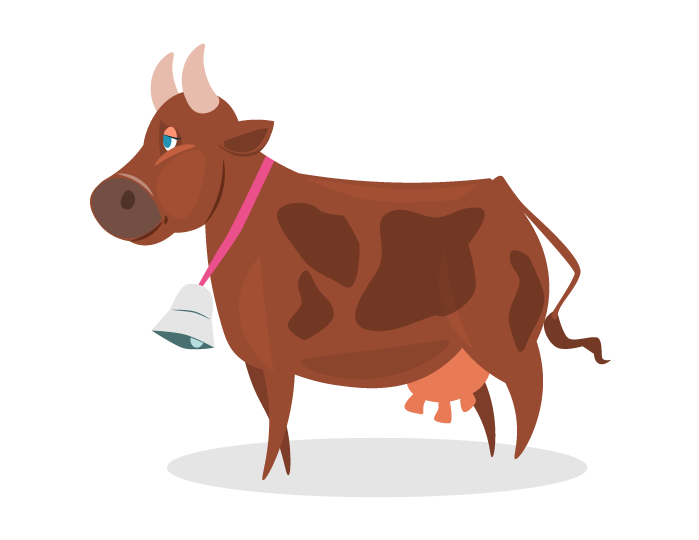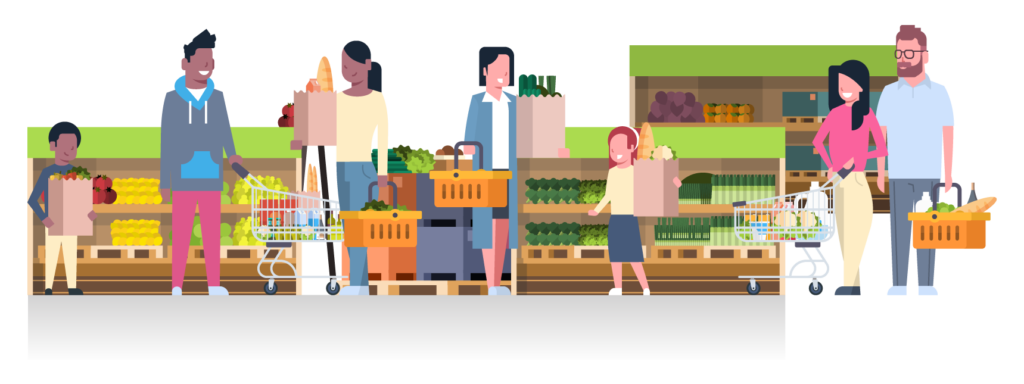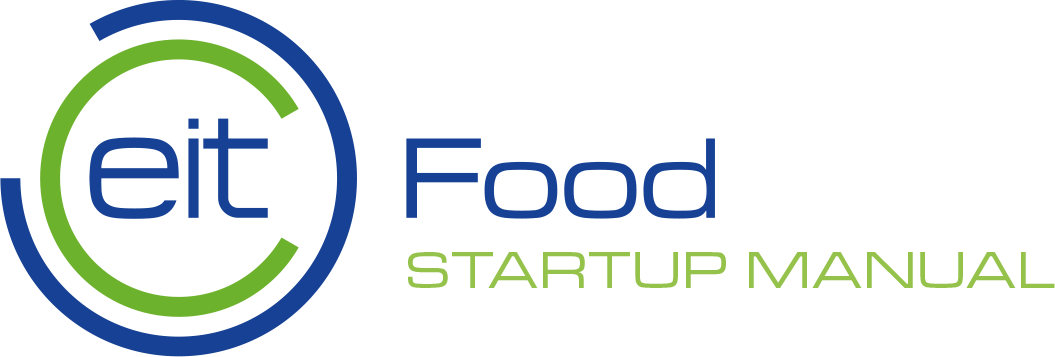Module 2 - Proving to the world that your idea is worthy and developing a proposition
4. Approaches to Product/Service Design
Armed with insights on market needs, you will be well placed to develop your product or service. There are many ways of approaching the design/development phase but we will only cover design focused on the user and sustainable product design as these build on concepts already discussed. By efficiently carrying out the design process and truly considering the end user’s needs, you increase your chances of the product or service being adopted successfully.

“Design starts with the perception of a problem and ends with some-kind of related solution.”
– K. M. Kim
Design focused on the user
Human-centred design (a term originally coined by IDEO) is a framework that considers human perspectives throughout the design process. User experience design is the design of multisensory experiences, typically at the interface between humans and technology. It is one of many design disciplines that takes a human-centred approach. Human centred design can be defined as “a creative approach to problem solving (…). It’s a process that starts with the people you’re designing for and ends with new solutions that are tailormade to suit their needs. Human-centred design is all about building a deep empathy with the people you’re designing for; generating tons of ideas; building a bunch of prototypes; sharing what you’ve made with the people you’re designing for; and eventually putting your innovative new solution out in the world.”
The process for human-centred design consists of three phases:
- Inspiration/ Discovery phase: learn directly from the people you’re designing for and try to understand their needs and challenges, forgetting any assumptions you have made before. This can be done through interviews, observation, informal conversations, secondary research or even putting yourself in your user’s shoes.
- Ideation/Concept creation phase: brainstorm! Taking the learnings from phase one, develop plenty of ideas and solutions. There should be no judgment here and no search for perfection, flawed imperfect ideas are welcome as you can certainly learn something from them too. It’s also a good idea to present some of these concepts to your users and record their reactions, this helps inform the next stage.
- Implementation/ Prototyping phase: bring your idea/solution to life. This includes the creation of prototypes and then further developments to create a product you can bring to market (think about the Lean Startup MVP & rapid prototyping we discussed earlier in this chapter).

Another user focused design process is user experience (UX) design. It can be defined as “the process of creating products that provide meaningful and relevant experiences to users. This involves the design of the entire process of acquiring and integrating the product, including aspects of branding, design, usability, and function. Products that provide great user experience (e.g., the iPhone) are thus designed with not only the product’s consumption or use in mind but also the entire process of acquiring, owning, and even troubleshooting it. Similarly, UX designers don’t just focus on creating products that are usable;
we concentrate on other aspects of the user experience, such as pleasure, efficiency and fun, too.”
(Interaction Design Foundation)
Whilst both human-centred design and UX design seem obvious, it’s a common mistake of entrepreneurs to develop products and services without really understanding the end-user. We identify a problem that needs tackling and then make assumptions on which solutions to develop. By using these design principles to address a problem, you know you’ll develop a successful solution as you’ll have kept end users at the heart of the process.
It’s also important to consider the risk of unconscious bias when designing products and services – watch this video for an introduction as to why and check out Stanford University’s latest research on gendered innovations and policies.
What’s the most important thing to keep in mind when developing a product or service?
“It’s cliché, but, your customer. That’s the only thing to keep in mind is the customer. You can develop a great model and a great service, if no one buys it, you haven’t got a business. If you ever lose sight of being a consumer, if you ever lose sight and don’t understand where trends are going, people will stop buying your product.”
-Steve Dring, Co-Founder at Growing Underground


“Absolutely relentless focus on a) discovering what your customers’ problems/needs are b) developing products/services that meet those needs, even better if your solution can create additional, incidental benefits. (…) Everything, and I mean everything, from pursuing distribution partners, to attending conferences and giving talks, is secondary to developing a product that meets a deep need and solves a critical problem.”
-Abi Ramanan, CEO & Co-Founder of Impact Vision
Sustainable product design
This type of design focuses on a product or service that has environmental or social benefits at the core. There are also different approaches to develop these kinds of businesses; we’ll focus on circular economy and life cycle thinking (LCT) design.
Design for a circular economy moves from “our traditional take-make-dispose extractive industrial model to one that has a closed loop, where materials, nutrients, and data are continuously repurposed” (Source: https://www.ideo.com/post/designing-a-circular-economy). Its inspiration is nature: natural systems do not waste anything. Indeed, waste usually equals food for another part of the system. Much of the work around the circular economy and business has been led by the Ellen McArthur Foundation which partnered with IDEO to create a circular economy product design guide, which we recommend digging into to gain an in depth understanding of these concepts. A circular model builds economic, natural, and social capital and is based on three principles:
- Design out waste and pollution
- Keep products and materials in use
- Regenerate natural systems
Applying circular economy design to the food system entails looking beyond our traditional industrial economy and considers how value can be extracted from every aspect of the value chain from extraction, production, usage to disposal. It’s a mindset that requires creating connections between parts of the industry that were previously unconnected and broadening your perspective of the user. Rather than focusing simply on the end user, circular economy design requires “researching and understanding the needs of all users or usages of the materials within the system” (source). With a growing global population and limited resources, circular economy design provides a particularly exciting approach to solving many of the food industry’s problems. We thought the best way to illustrate this was to give several examples working on different parts of the food system:
- Tackling organic waste and providing feed to farmed animals and farmers who grow crops: Entocycle uses larvae to convert organic waste (such as coffee grounds and spent grain from brewing beers) into sustainable insect protein that can be used to feed farmed animals such as salmon.

- Making sustainable vegan leathers from pineapple leaf fibre: though not creating an end product that sits in the food industry, Pinatex is a material created by Ananam that works with farmers to use an agricultural by-product to create a high-end material used by many fashion companies.

- Recycling waste coffee grounds into advanced biofuels, biomass pellets and, in the near future biodiesel: Biobean links the food and energy sectors by having built the world’s first waste coffee recycling factory.

- Growing salads and farming fish in a closed-loop aquaponic system: GrowUp Urban Farms has pioneered an urban farm where produce (such as lettuce) is fed using wastewater from the fish.

- Using nutrients from wastewater and transforming them into a pure, eco-friendly fertilizer that improves nutrient efficiency and reduces the risk of leaching and runoff: Ostara has found a way of protecting water streams by both tackling wastewater and creating a new product that prevents water stream pollution thereafter.

- Packaging that behaves just like food and returns to natural cycles: Tipa has developed a compostable film that biodegrades in ambient composting conditions and can return to nature just like an orange peel.

Somewhat similar to the circular economy design concept, Life Cycle Thinking (LCT) refers to going beyond the traditional focus on production site and manufacturing processes to include environmental, social and economic impacts of a product over its entire life cycle (Source: Life Cycle Initiative). Other design methodologies that apply similar mindsets are cradle to cradle design and regenerative design. All are based on the idea that we should mimic natural systems whereby waste does not exist, and where part of the output goes to create further output.

There are endless challenges in the food industry that require new type of thinking and sustainable product/service design. Applying this perspective to your new venture not only means you’re tapping into new and untapped innovative markets, it also provides great benefit in the form of storytelling and PR potential.

